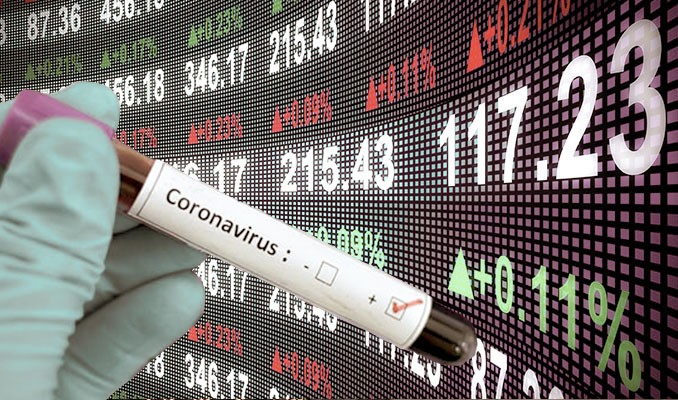A stark inequality has emerged in the recovery from COVID-19, with advanced economies growing exponentially while under-developed economies struggle to contain the virus and distribute vaccines.
“It’s a tale of two recoveries,” Ayhan Kose, director of Prospects Group at the World Bank, told Yahoo Finance. “You have advanced economies … vaccinating rapidly and delivering phenomenal growth rates … You have other countries … their growth rates are going to be around 4-4.5% … still dealing with outbreaks.”
The forecasted 2021 global economic growth rate of 5.6% made headlines as the fastest rate of growth after a global recession in almost 80 years. Yet these gains have not been evenly spread; in economically developing countries, growth rates are significantly slower and have more devastating effects.
“In low-income countries, the effects of the pandemic are reversing earlier gains in poverty reduction and compounding food insecurity and other long-standing challenges,” the World Bank said in a 2021 Global Economic Prospects report released earlier this week. “The global outlook remains highly uncertain, with major risks around the path of the pandemic and the possibility of financial stress amid large debt loads.”
Financial problems beyond the direct costs of the virus have held back low-income countries. The threat of food price inflation is particularly hazardous to these countries, as it can further exacerbate food insecurity.
“Now, still, we see record increases in agricultural commodity prices and the prices of food around the world,” Kose said. “That creates all types of challenges for low-income countries in terms of accessing the food and, of course, feeding the poor,” Kose said.
Advanced economies, on the other hand, have rebounded relatively smoothly from COVID-19. U.S. GDP growth was 6.4% last quarter. According to the IMF, the Euro zone is projected to grow at about 4.2% in 2021.
Output in the Middle East and North Africa region, by contrast, is projected by the World Bank to grow by 2.4% in 2021, half the rate of the recovery that followed the 2009 global recession.
Vaccine distribution
Issues with vaccine distribution have severely hampered economic recoveries in low-income countries. Infection rates remain high in East Asia and the Pacific, with recent upticks in cases occurring in Cambodia and Thailand.
“Several countries [in] Central Asia, Eastern Europe, and the Western Balkans face bottlenecks related to the production, procurement, or delivery of vaccines secured through the COVAX facility or other agreements,” the World bank report found.
The World Health Organization said last month that Africa needs “200 million doses of vaccines to vaccinate 10% of its population by September.” At the end of this past May, less than 2% of the African continent had been vaccinated.
“When you look at the advanced economies, they have been able to basically vaccinate 50% of the population,” Kose said. “In emerging market, developing economies, that number is much lower. In low income countries, only 0.3% of the population got vaccinated so far… Unless we control the vaccine everywhere, we cannot contain the crisis and we cannot get ahead of the problem we have.”
